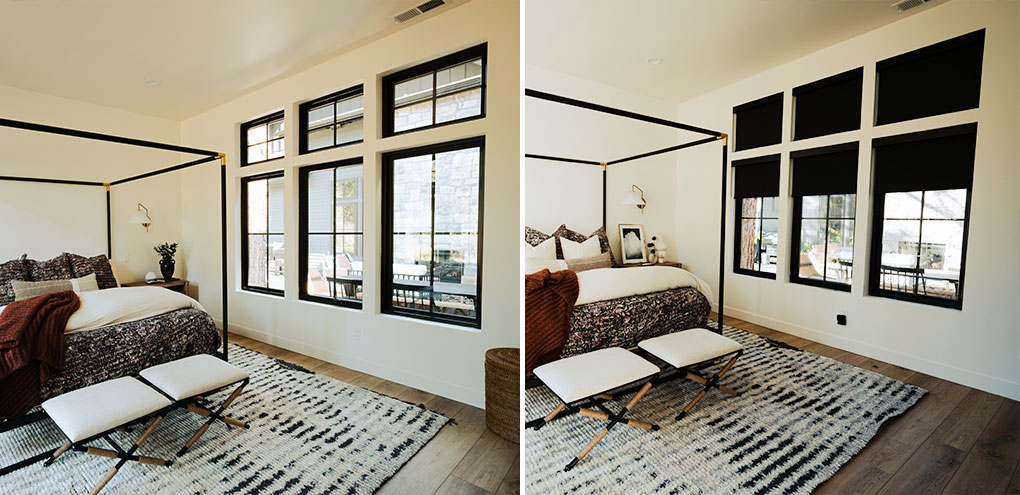Blinds are a kind of window covering consisting of stiff slats that may be moved to control the amount of light entering a room. The headrail, a hidden box installed at the top of the window frame, houses the window coverings. Coverings are opened and closed by pulling up or down on vanes (also called slats) consisting of faux or genuine wood, plastic, vinyl, or metal, with or without a string.
The installation of blinds in a home may serve several purposes, including enhancing a sense of seclusion and reducing the amount of outside light that enters the interior from both natural and artificial sources. There are several benefits to using blinds, and blackout blinds in particular. One of these benefits is the potential for blinds to reduce heat gain or loss and hence improve a room’s comfort level throughout the year.
A variety of blinds to choose from
Some of the most popular window treatments now on the market include Budget Blinds, drapes, shutters (including plantation shutters), and shades. Individually, window blinds come in a broad range of designs, each with its own set of pros and cons. Here are some of the most popular options to consider while shopping for blinds:
Venetian-styled gloom
The Venetian blind is the most classic kind of window covering, with its origins in the city of Venice during the seventeenth century. The quantity of light that enters a room may be controlled by raising, lowering, and tilting the horizontal slats of these blinds. Multiple ropes serve to tether the blinds together. They’re useful and easy to alter to meet any style or budget, but the pull cords may cause some to worry for the safety of small children and pets.
Vertically oriented blinds
If you’re looking for an alternative to traditional Venetian blinds, consider installing vertical blinds instead. Vertical blinds have horizontal slats that go from top to bottom, rather than the opposite. Large windows and sliding glass doors benefit greatly from this style since they may be opened from the side rather than the top. This kind of blind is great for patio doors due to its capacity to be partially closed while still allowing passage. Vertical blinds are more energy efficient and provide greater privacy since they can block out more light than horizontal shades. Homes with plenty of glass facing a busy street might benefit from this feature. The clattering sound created by the hanging slats as they rub against one another may be annoying to persons with heightened sensitivity to sound.
Conclusion
Mini blinds are physically and functionally similar to Venetian blinds, with the main difference being that the slats of mini blinds are only half as broad. These blinds open from the bottom up with the help of a pull rope, and they come with a plastic pole that lets you adjust how far the slats open. These blinds may be found in just about every building, whether it a home or business. Since aluminium is utilised extensively throughout the manufacturing process, these blinds benefit from being low-priced, lightweight, and easy to clean.

